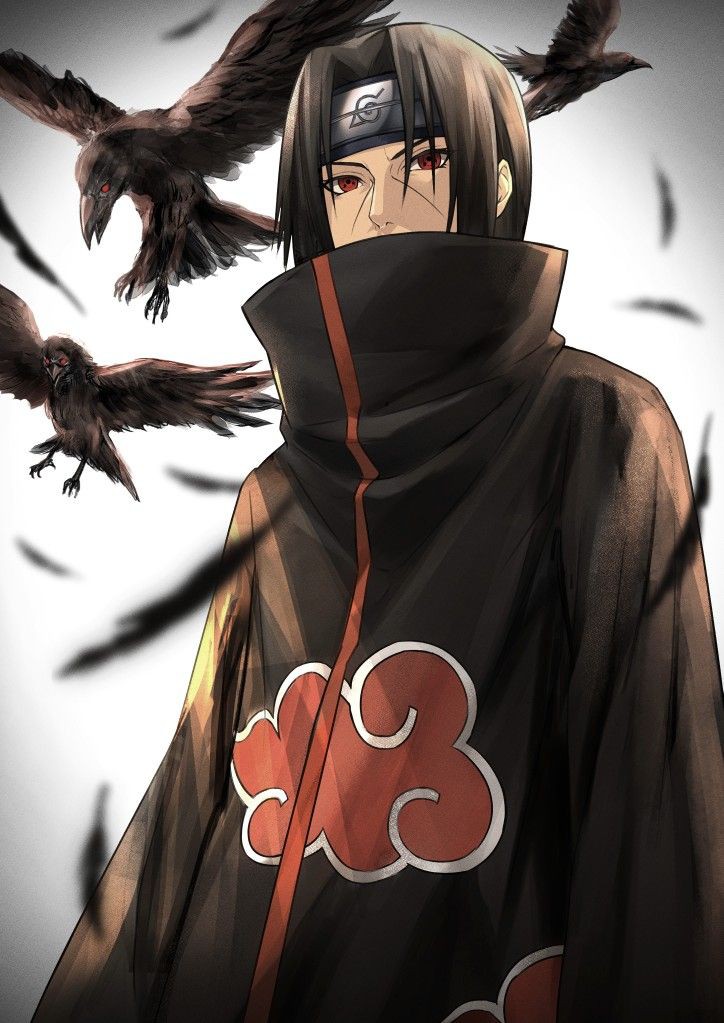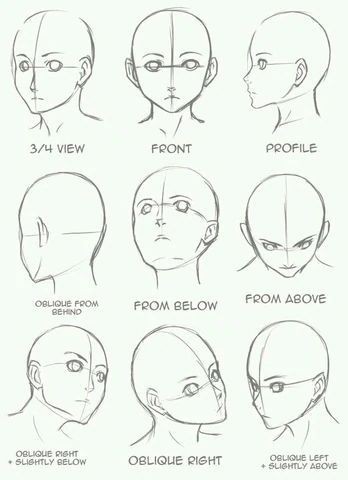Manga, the Japanese term for comics or graphic novels, has come a global miracle, witching
compendiums of all periods with its unique liar and cultural styles. Unlike Western ridiculous books, manga covers a wide range of stripes and themes, feeding to colorful demographics. From action- packed adventures and romantic dramatizations to horror and wisdom fabrication, there’s a manga for everyone. This composition explores the origins, characteristics, and impact of manga on both Japanese culture and the global stage.
Historical Origins of Manga
The roots of manga can be traced back to ancient Japanese art forms, including the illustrated scrolls of the 12th century known as emaki, which combined filmland and textbook to tell a story. Another early form of manga is the Toba Ehon, a collection of humorous sketches and illustrations created by Buddhist monks in the 18th century. still, ultramodern man.. as we know it moment began to take shape during the Edo period( 1603- 1868), with the development of woodblock prints known as ukiyo- e. Artists like Katsushika Hokusai, notorious for his iconic surge prints, also dabbled in ridiculous- style delineations called Hokusai Manga, which depicted everyday life in Japan.
The real elaboration of man.. into a popular entertainment medium passed after World War II. told by American comics and cartoons brought over by U.S. dogfaces, Japanese artists began creating their own serial ridiculous strips. One of the pioneering numbers in this metamorphosis was Osamu Tezuka, frequently appertained to as the” God of Manga.” His work, particularly Astro Boy( Tetsuwan Atom), set the standard for ultramodern manga with its cinematic liar, emotional depth, and innovative panel layouts. Tezuka’s influence on manga is still apparent moment, as numerous contemporary manga artists cite him as a major alleviation.
Characteristics of Manga
Manga is distinct from other comic forms due to its unique artistic and narrative techniques. Here are some key characteristics that define manga:
Art Style:
The art is characterized by its use of clean lines, suggestive character designs, and detailed backgrounds. The characters frequently have large, suggestive eyes, which convey a wide range of feelings, making the liar more poignant. The art style can vary greatly depending on the kidney, with shoujo( girls’ manga) frequently featuring softer lines and further delicate illustrations, while shounen( boys’ manga) tends to have further dynamic and action- acquainted artwork.
Panel Layout:
Unlike Western comics, which generally follow a left- to-right reading order, man.. is read from right to left wing. This reading style influences the panel layout, with artists using colorful ways to guide the anthology’s eye and control the pacing of the story. Man.. frequently employs perpendicular panels and varying panel sizes to produce dramatic goods and enhance the visual liar.

Genres and Demographics:
Manga covers a broad range of stripes, feeding to different age groups and interests. Some of the most popular stripes include shounen( targeted at youthful boys), shoujo( targeted at youthful girls), seinen( targeted at adult men), josei( targeted at adult women), and kodomo( children’s man..). These stripes explore themes similar as love, fantasy, adventure, horror, wisdom fabrication, and slice- of- life, making man.. appealing to a different followership.
Serialization:
Manga is frequently reissued in daily or yearly magazines before being collected into tankoubon( volumes). This serialization process allows man.. to reach a wide followership snappily and helps gauge the fashionability of a series. Successful manga series can run for times, with some, like One Piece and Naruto, getting artistic milestones with expansive addict entourages.
Where to Read Manga: A Guide for Fans
Manga, the cherished Japanese ridiculous art form, has a massive following around the world. From action- packed adventures to sincere loves, there’s a man.. series for every taste. However, this companion will help you explore the stylish places to read manga, If you’re new to manga or just looking for new ways to enjoy your favorite series.
Online Manga Platforms
With the rise of digital media, reading manga online has come incredibly popular. multitudinous websites and apps give access to a wide range of man.., both fairly and immorally. To support the generators and enjoy high- quality restatements, it’s essential to use sanctioned and legal sources. Then are some of the top platforms for reading man.. online
Crunchyroll Manga:
Known primarily for its anime streaming service, Crunchyroll also offers a manga section. With a subscription, you get access to a variety of popular manga titles, including simulpubs( contemporaneous publications) that are released alongside their Japanese counterparts. It’s a great way to keep up with the rearmost chapters of popular series.
VIZ Media:
VIZ Media is one of the leading publishers of manga in North America. Their website and app offer a vast library of manga titles, including successes like Naruto, One Piece, and My idol Academia. VIZ Media also has a Shonen Jump class that gives access to the rearmost chapters of popular Shonen Jump series for a low yearly figure.
Manga Plus by Shueisha:
This sanctioned app from Shueisha, one of Japan’s largest man.. publishers, offers free access to a wide range of man.. titles. Manga Plus provides English restatements of numerous popular series, making it a great option for suckers who want to support the assiduity and enjoy their favorite manga fairly.
How to Draw Manga: A Beginner’s Guide
Drawing manga is a skill that many aspiring artists want to master. With its unique style and expressive characters, manga art is both captivating and fun to create. Whether you’re a beginner or looking to refine your technique, this guide will help you get started with drawing manga.
Learn the Basics of Anatomy and Proportions
Before diving into the distinct features of manga, it’s essential to understand the basics of mortal deconstruction and proportions. Man.. characters, while frequently inflated, are grounded on real mortal forms. Start by studying the proportions of the mortal body, fastening on how to draw a introductory shell or stick figure to capture the correct disguise and balance. Exercise drawing different body types, paying attention to proportions like the head- to- body rate. Manga frequently uses a larger head- to- body rate than real life, which gives characters a immature appearance.
Focus on Facial Features
Manga characters are known for their suggestive facial features, particularly the eyes. Eyes are a defining specific of manga style, frequently drawn large and detailed to convey feelings. Start by drawing introductory shapes like circles or spheres for the eyes, also add details similar as the iris, pupil, and reflections to give them life. trial with different eye shapes and sizes to reflect different characters’ personalities. Do not forget to practice drawing the other facial features, like the nose and mouth, which are frequently simpler and more subtle in manga.

Practice Drawing Hair
Hair is another pivotal aspect of manga style. Manga hair frequently defies graveness and comes in colorful styles, from simple straight hair to spiky, graveness- defying cinches. Begin by sketching the introductory shape of the haircut, keeping it loose and flowy. Divide the hair into sections, similar as bangs, sides, and back, and use broad lines to define the beaches. Flash back to add volume to the hair, making it look natural and dynamic.
Develop Your Inking Skills
Once you’re satisfied with your pencil sketch, it’s time to essay your delineation. Inking gives your manga art its final, polished look. Use OK – sloped pens or skirmishes to outline your delineation. Start with the main outlines, and also move on to lower details. Inking requires a steady hand, so take your time and practice to make confidence. trial with line consistence to add depth and emphasis; thicker lines can make certain rudiments stand out, while thinner lines are great for delicate details.
Also you can readhttps://usablog.online/unpacking-the-monkeypox-outbreak/
No Responses